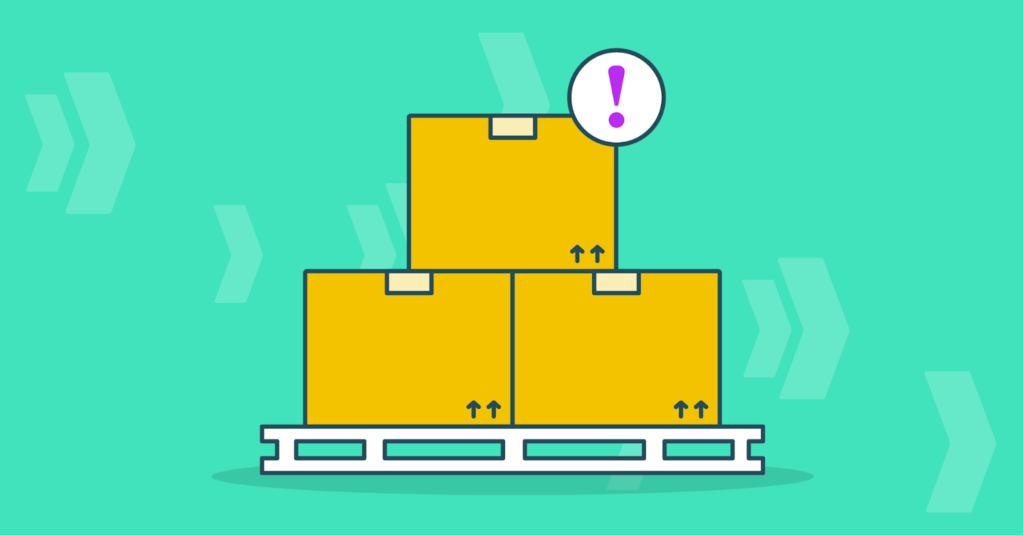
21 Dec Amazon Stockouts: What are the causes and consequences of being out of inventory on Amazon?
It could appear as a success indicator when a product is sold out. After all, you have worked hard, and the results are showing. Before you realize it, your things are selling out quickly, and you are at the top of Amazon’s search results. This is not a mark of success; rather, it is a sign of poor inventory management and Amazon stockouts, which you should prevent at all costs since it will harm you in the long run and cause you to go into a downward spiral from which it will be extremely difficult to recover.
What are the causes of stockouts?
Poor Inventory Management
The failure of vendors to properly manage their inventory is one of the main causes of these stockouts. Businesses eventually run out of supply without alerting sellers to purchase shares in advance as a result of inventory mismatches.
Money flow is crucial. Make sure you have the cash flow to be ready to reorder in advance if you have a “home run” listing that is moving a lot of units.
Keep in mind that Amazon doesn’t pay its vendors for two weeks after a product has been sold. Make sure you have adequate money set aside in advance because it will take a long time if you have to reorder new merchandise.
Issues with the supply chain can, in the real world today, delay or interrupt the entire process, from manufacturing to logistics. Broadening your supply chain capabilities is frequently necessary to ensure a continuous supply, which will necessitate additional funding.
Inaccurate Calculation of Safety Stock
Every seller has a buffer stock—a few extra units—in their inventory to assist prevent stockouts. Make sure that the buffer stock you maintain is sufficient to cover any potential shipment delays and logistical issues.
Listing error
If items in your Amazon FBA shipment aren’t linked to an active posting or your listing has been deleted, your inventory has a listing error if it isn’t tied to any active ASIN (either by accident or by a competitor). This is typically a simple repair. The ASIN is simply relisted. Although occasionally you’ll need to get in touch with seller support.
Poor inventory planning
Poor inventory planning can be the reason, even though Amazon gives its sellers access to a variety of statistics that can help them better predict forthcoming purchases. Which forecast level to utilize while preparing stock is ultimately up to the vendor. Amazon encourages its vendors to take into account the P90 forecast, which states that there is a 90% opportunity that the once-a-week demand will be lower or equal to this value. However, vendors must avoid having too much inventory due to storage costs and the risk of some products being outdated. Finding the ideal balance can be difficult.
Expired product
Amazon will designate the stock as “stranded” if you are buying a recently expired grocery item. The inventory will have to be taken out of the warehouse in this situation.

What Are the Consequences of Being Out of Stock?
- Lost Sales: This one should go without saying; if you run out of merchandise, you will lose sales and won’t receive any orders from clients who visited your store only to discover the item was “out of stock.”
- Competition: If you are not able to give the customer what they want, they may go to another seller, and you may find yourself in competition.
- No reviews: you won’t get reviews when the product is defective. The ranking of the goods and even your brand as a seller may suffer as a result of this. Amazon is a cutthroat market, so your rivals may take advantage of this opening to challenge your position as the leader.
- Lost Amazon Rankings: The sales rank and keyword ranking of a product steadily decline when it is no longer available on Amazon. It influences both the seller’s income as well as the listing’s position on the Amazon stock chart.
- The Domino Effect: From a manufacturer’s perspective, stockouts can necessitate overtime and production adjustments, which could divert focus from the manufacturing of a different item and result in a cascade of subpar items. The stress will also be felt by distribution centers, which may have to deal with hastened delivery prices.

Bottom Line
Stock-outs, whether on Amazon or another site, can generate enormous stress at every stage of the supply chain. This problem, however, may be effectively avoided by utilizing the numerous tools available to retailers and, if required, investing money in outside support.

No Comments